History of Kontomire Stew and Key Ingredients
10 min read Explore the rich history and essential ingredients behind Kontomire Stew, a treasured Ghanaian delicacy steeped in culture and flavor. August 10, 2025 15:05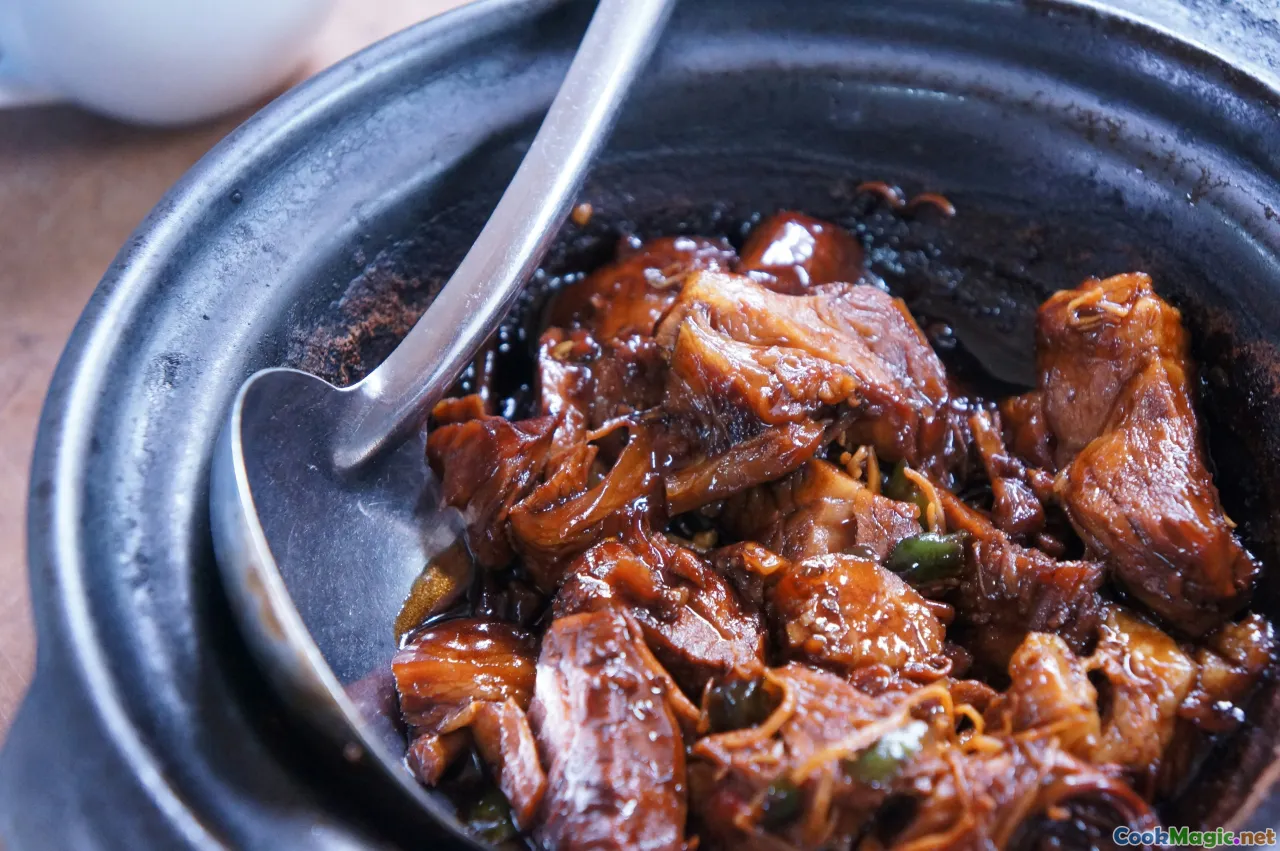
Rediscovering the Heart of Ghanaian Cuisine: An In-Depth Look at Kontomire Stew and Its Rich Heritage
In the bustling kitchens of Ghana, where the warmth of shared meals and vibrant flavors define daily life, few dishes evoke such a profound sense of cultural identity as Kontomire Stew. This iconic dish, with its lush green hue, complex layers of flavor, and heartwarming history, is more than just nourishment — it’s a living testament to centuries of Ghanaian ingenuity, resilience, and communal spirit.
Stepping into the aromatic world of Kontomire is akin to stepping into a lush Ghanaian forest, where the smell of sizzling spices mingles with the earthy scent of cocoyam, and the vibrant colors tell stories of tradition and life. It’s a dish that speaks to the soul, uniting families, preserving traditions, and showcasing the ingenuity embedded in Ghanaian culinary arts.
Origins and Historical Significance of Kontomire
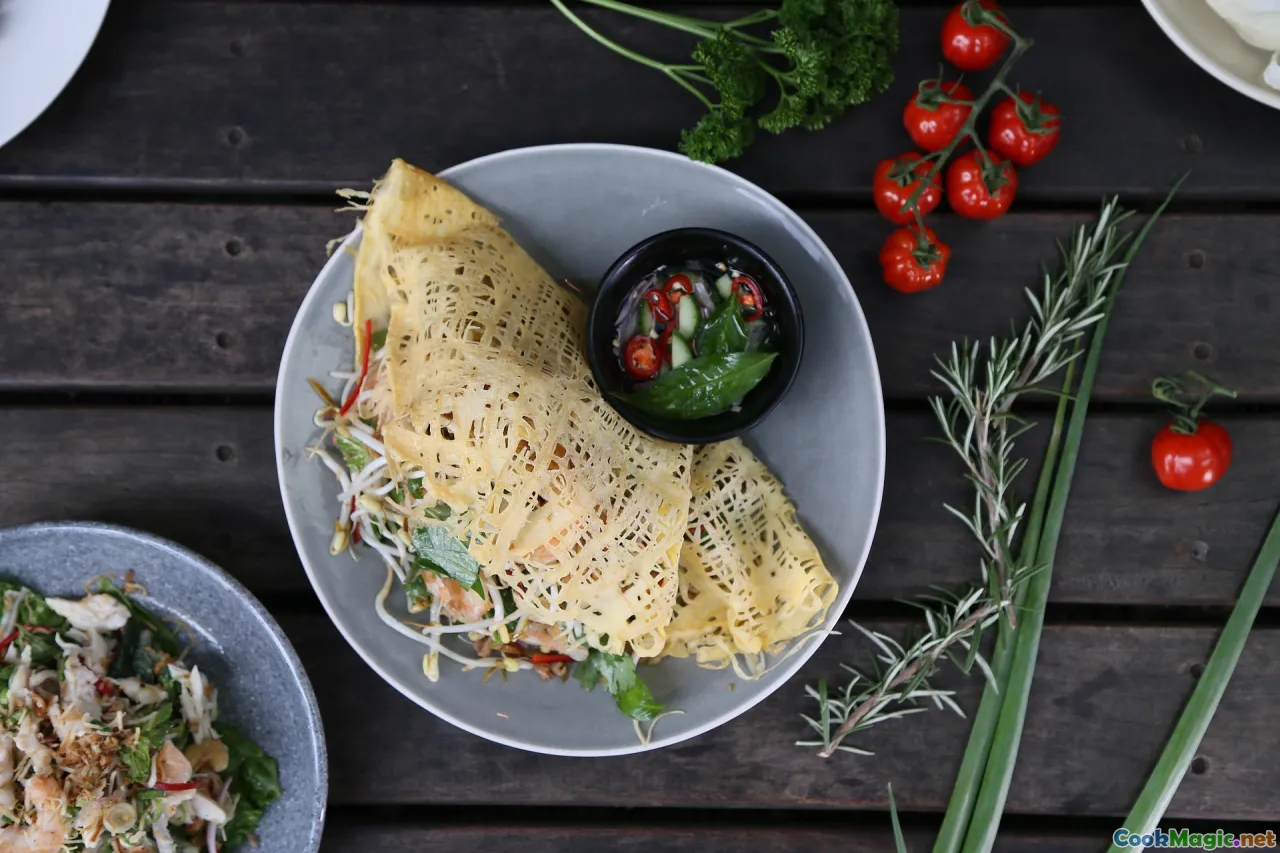
The roots of Kontomire Stew stretch deep into Ghanaian history, rooted in the indigenous ingredients available to the early communities along the fertile Coast and Ashanti regions. The main star, cocoyam leaves (locally known as 'kontomire'), are not only a culinary staple but also central in cultural ceremonies, symbolizing fertility, health, and communal bonding.
Historically, the dish emerged from the resourcefulness of Ghanaian women who used locally available greens, peanuts, and fire to create hearty, sustaining meals that thrived in times of abundance and scarcity alike. It was made for everyday sustenance and special occasions — from village harvest festivals to family celebrations.
Today, despite the influences of modernization, Kontomire remains a key part of Ghanaian cultural identity. It embodies resilience; a dish born out of necessity that has now become a cherished national treasure, with countless regional variations reflecting local tastes and ingredients.
The Magic of Key Ingredients
Cocoyam Leaves: The Heart of the Dish
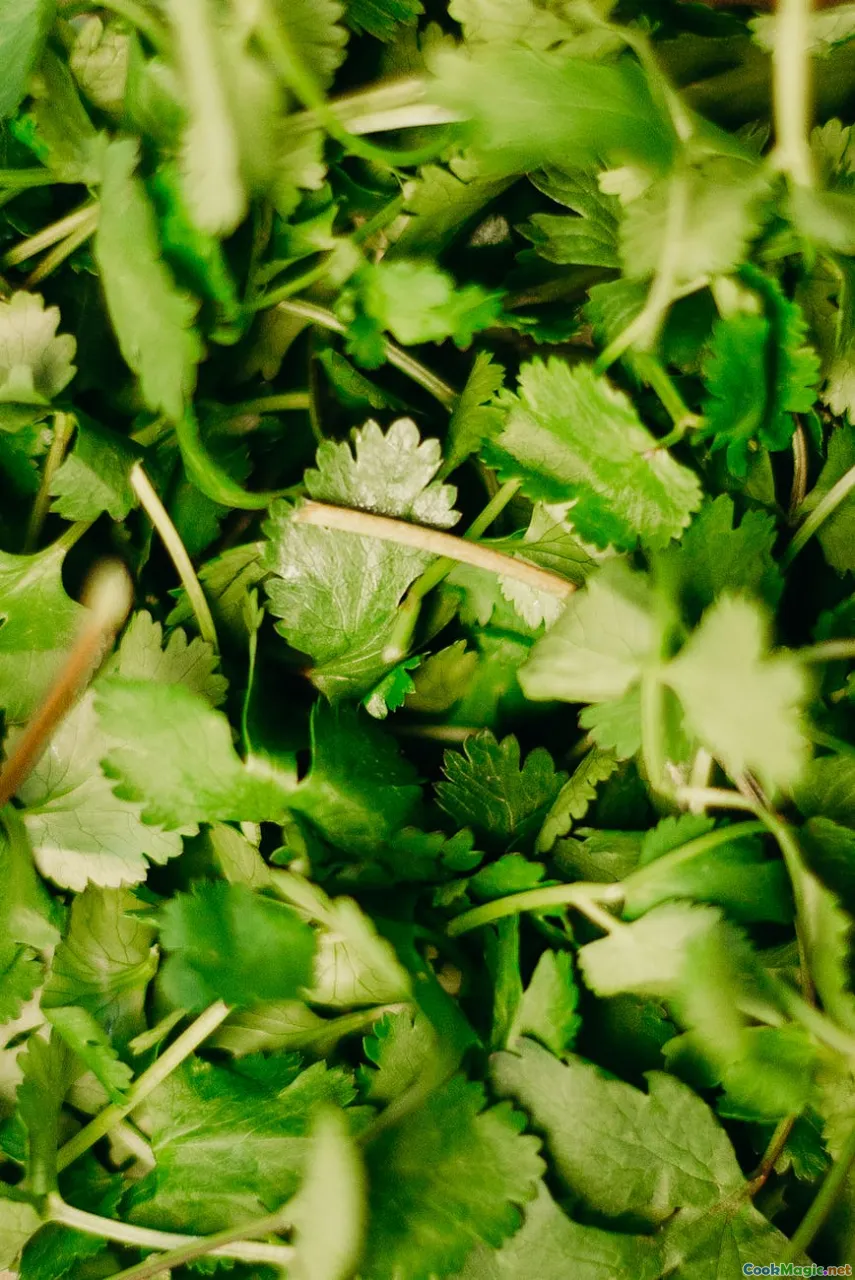
The primary ingredient – cocoyam leaves – are prized for their rich, veiny texture, and deep green color that signals nutrient density. When cooked, these leaves transform from slightly bitter and fibrous into a velvety, silky texture that coats the palate with a subtle, earthy flavor. They are a symbol of Ghana’s lush vegetation and agricultural bounty.
My personal encounters with cocoyam leaves reveal their versatility — from the tender, almost melting consistency when freshly cooked, to more robust forms used in stew bases. They are typically harvested fresh, cleaned meticulously or blanched briefly to remove bitterness, and then simmered slowly alongside the stew’s other ingredients.
Palm Oil: The Signature Color and Flavor
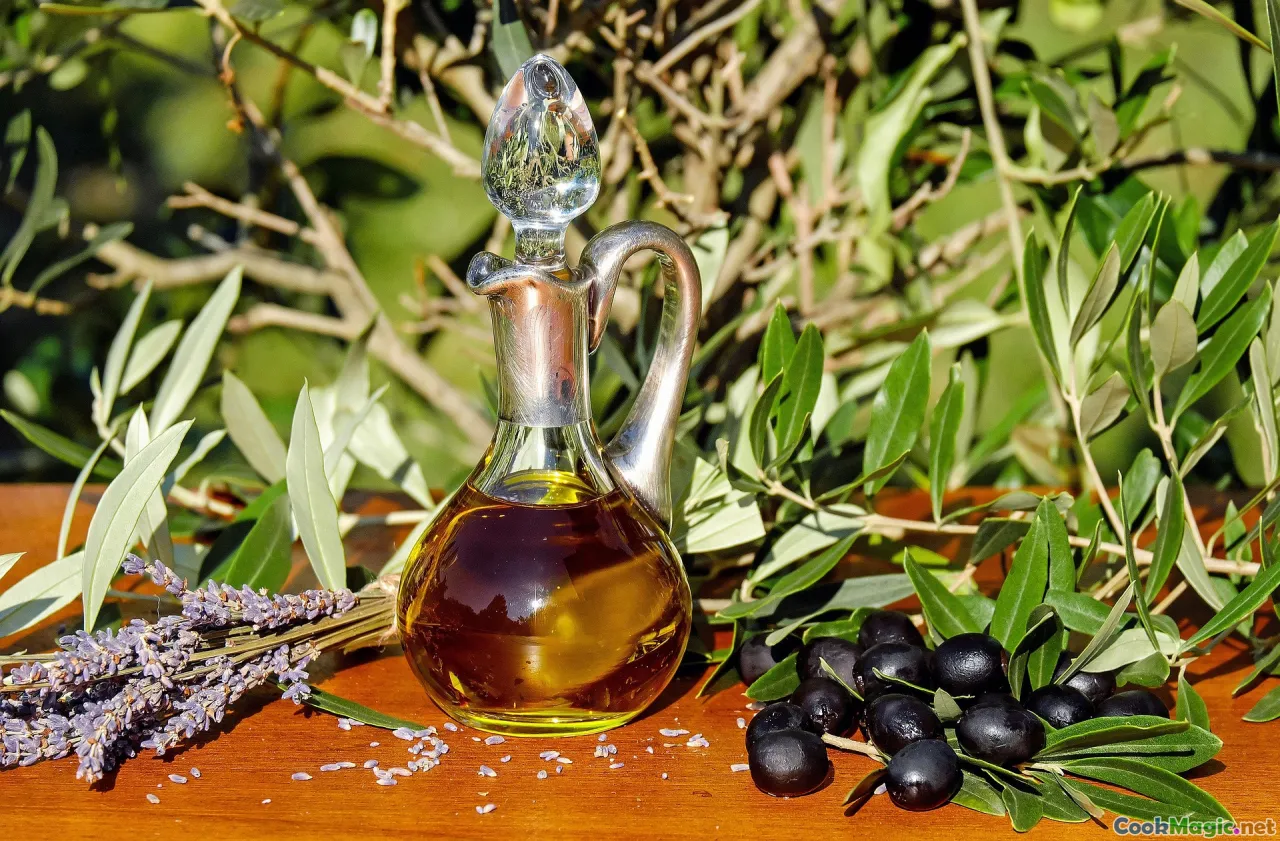
Bright red, fragrant, and slightly smoky, red palm oil is a signature in the flavor profile of Kontomire. Extracted from the fruit of the oil palm tree, it imparts a visual richness and depth of earthiness and subtle sweetness that brightens every spoonful.
This ingredient is considered sacred in many Ghanaian communities, believed not only for its flavor but also for its spiritual significance. Its careful use lends the stew its characteristic glossy sheen and fiery hue, which energize the cupboard shelves with a warm, inviting glow.
Groundnut or Peanuts: The Nutty Illumination
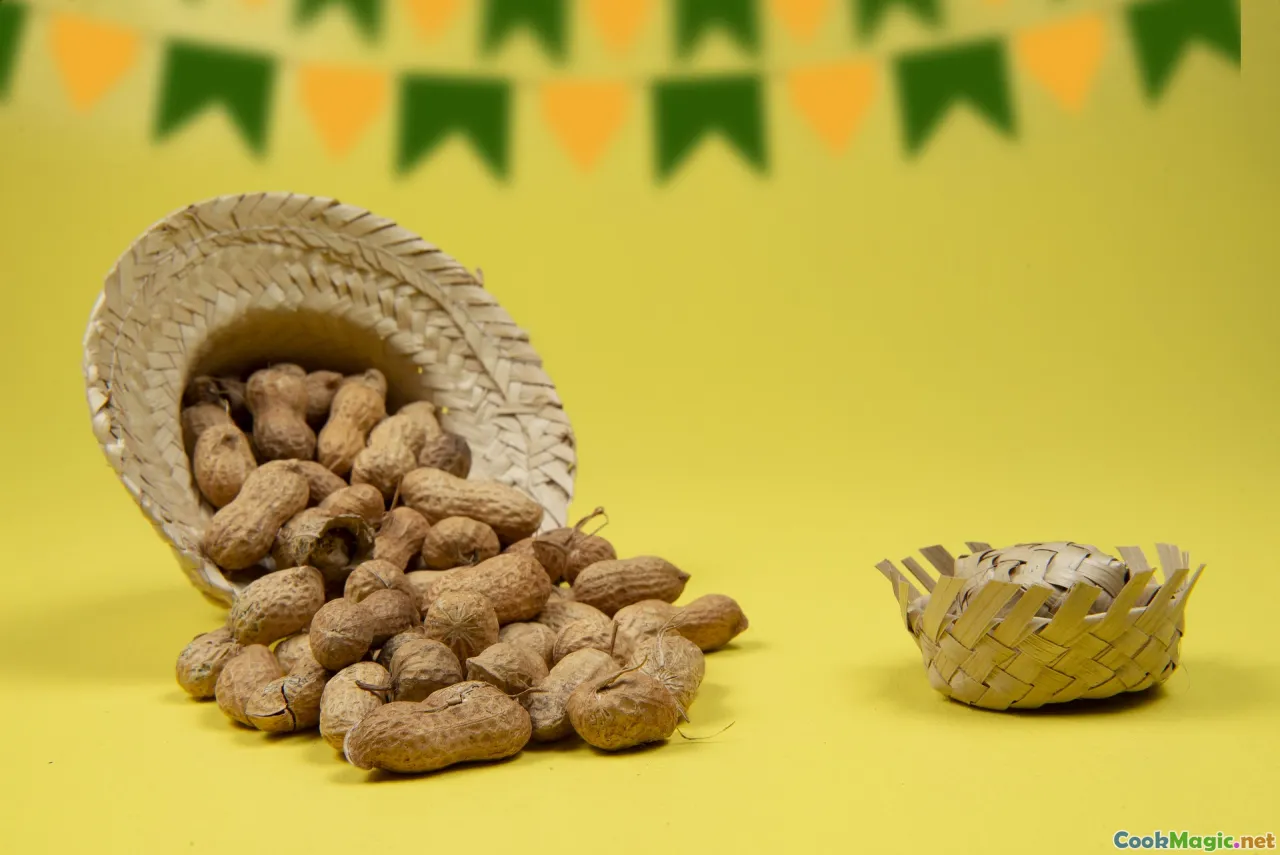
A mound of roasted groundnuts or peanut paste forms a Creamy, salty counterpoint within the stew, adding a layer of umami that balances the greens’ earthiness. Groundnuts are often ground into a smooth paste and stirred into the stew, thickening it naturally while adding a nutty aroma that fills the kitchen.
Seasonings and Aromatics
Complementing the core ingredients are ingredients like ginger, garlic, onions, and chili peppers. These add depth and an enjoyable pungency. Sometimes, traditional herbs and spices like shea butter or local spice blends are introduced, highlighting regional preferences.
Crafting a Joyful Culinary Experience: How to Make Authentic Kontomire Stew
Step-by-Step Guide
Preparing Kontomire is an act of patience and affection, rooted in communal tradition.
Ingredients:
- 1 bunch fresh cocoyam leaves
- ½ cup roasted groundnuts or peanut paste
- 2 cups palm oil
- 1 large onion, sliced
- 3 cloves garlic, minced
- 1 thumb-sized ginger, grated
- Scotch bonnet peppers or chili to taste
- seasonings (salt, bouillon cubes)
- optional protein: fish, meat, or smoked turkey
**Procedure:**1.Prepare the Cocoyam Leaves: Carefully pick through the leaves, removing any tough stems or nasty bits. Rinse thoroughly. 2. Blanch or Cook the Leaves: To reduce bitterness and soften, blanch in boiling water for about 5 minutes, then drain. 3. Fry the Aromatics: In a large saucepan, heat palm oil. Add onions, garlic, and ginger, sautéing until fragrant and translucent. 4. Add Seasonings: Toss in chili peppers, seasonings, and if using, pre-cooked protein. Cook for a few minutes. 5. Incorporate Cocooyam Leaves: Add the prepared greens, stirring gently to coat with the fragrant oil and spices. 6. Add Groundnut Paste: Stir in groundnuts or peanut paste. This acts as a thickener and flavor enhancer. 7. Simmer: Cover and let simmer on low heat for about 20-30 minutes, allowing flavors to meld and the stew to develop its characteristic richness. 8. Adjust Seasonings: Taste and adjust salt or heat as needed.
Serving Suggestions
Traditionally, Kontomire is served with boiled yam, plantains, or Ghanaian banku. The harmonization of textures — the soft, starchy sides complemented by the complex green stew — Elevates every bite into a celebration of Ghanaian hospitality.
Variations and Modern Twists
Regional communities tailor Kontomire according to available ingredients and personal preferences. In the Volta Region, you might find it spiced with local aromatic herbs; in Ashanti kitchens, generous amounts of smoked fish or meat are common.
The dish has evolved even further with contemporary cooks adding vegetables like tomatoes or opting for vegan adaptations with mock meats, showcasing the dish’s adaptability and enduring appeal.
Cultural Significance and Personal Reflection
For many Ghanaians, a pot of Kontomire is synonymous with home, family, and tradition. It’s prepared for holidays, rites of passage, and quiet Sunday afternoons, where grandmothers pass down recipes while sharing stories that span generations.
I recall visiting a small family-owned restaurant in Accra, where the aroma of fresh Kontomire stewing quietly in a clay pot was tantalizing enough to evoke tears of nostalgia. That experience underscored how culinary heritage binds a community, turning ingredients into memories.
The Future of Kontomire Stew
As Ghanaian cuisine gains global recognition, dishes like Kontomire are seeing international adaptations, blending traditional greens with global flavors. Chefs worldwide are experimenting with fermented ingredients, alternative oils, or combining green stews with different grains, all while respecting their origins.
Yet, amidst innovation, the core remains — a humble, hearty dish that captures the essence of Ghana: resilience, community, and an unyielding love for flavor.
The story of Kontomire Stew is still being written, but its heartbeat is unmistakable—a testament to Ghana’s vibrant culinary soul and the timeless joy of a shared meal.









